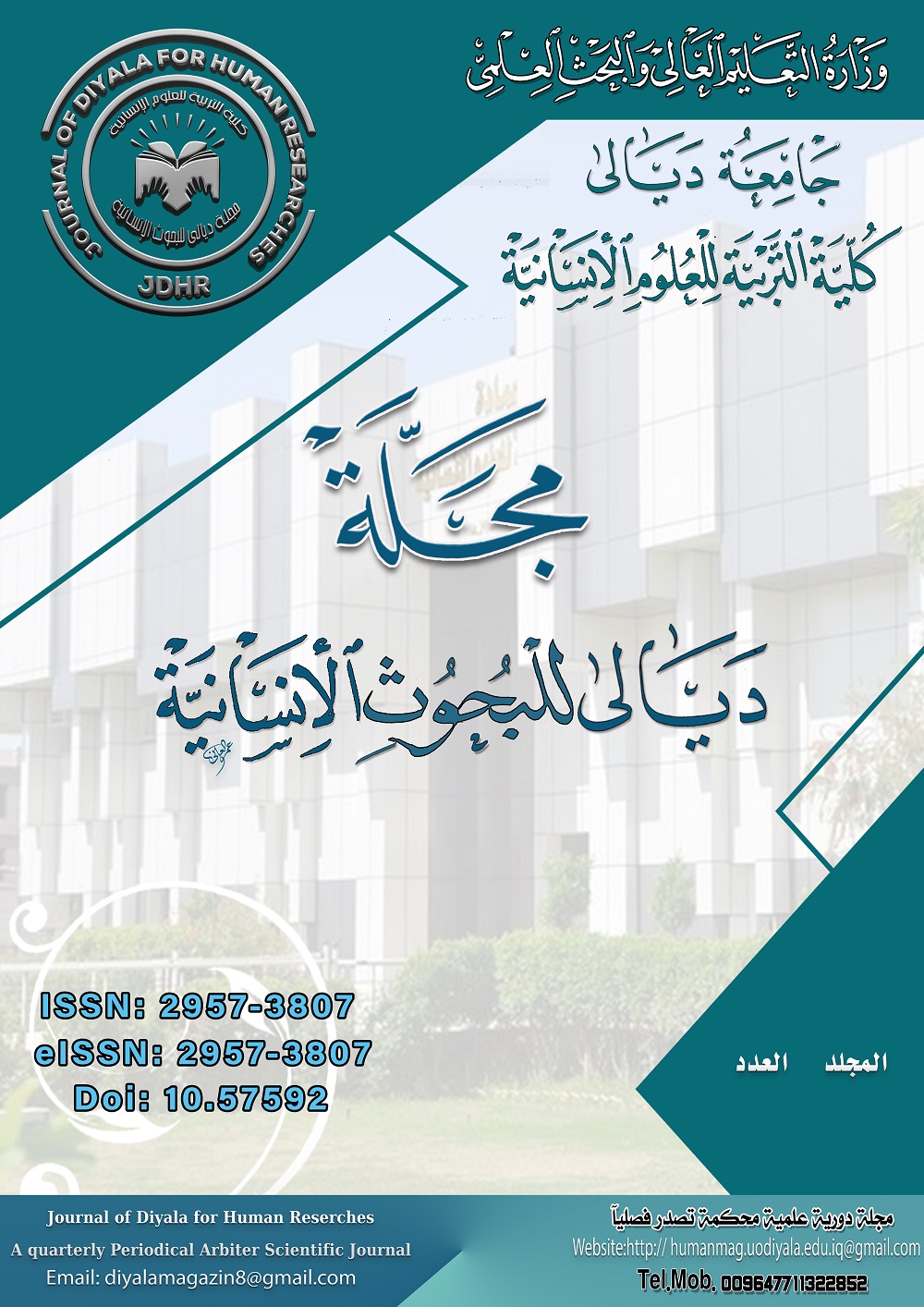دور النشاط الزراعي في تغير المظهر الارضي في ناحية قزانية
DOI:
https://doi.org/10.57592/e1b48n55Abstract
Downloads
Published
2025-06-23
Issue
Section
بحـــــــوث العــــــدد
License
Copyright (c) 2024 حسين جميل حميد ، أ.م.د ياسر محمد عبد

This work is licensed under a Creative Commons Attribution-NonCommercial 4.0 International License.

